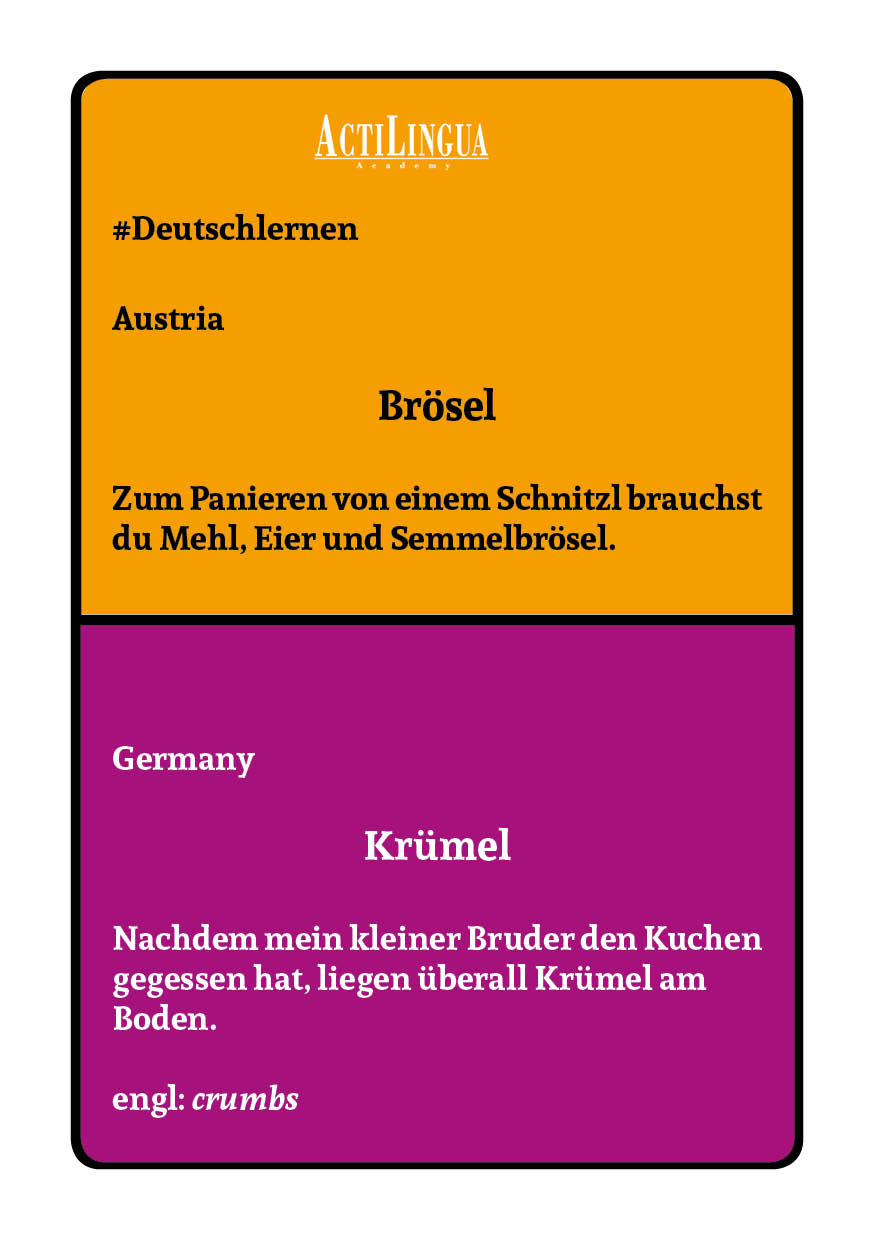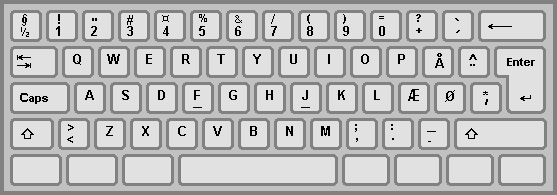

The "T1" layout lacks some important characters like the German-style quotation marks ( „“ and ‚‘). Note that the semicolon and colon are accessed by using the ⇧ Shift key. For users with insufficient typing skills this behaviour (which is explicitly not compliant with the current DIN 2137-1:2012-06) leads to mistype a spacing accent instead of an apostrophe (e.g., it´s instead of correctly it's).
Austrian vs germany german keyboard layout code#
If the entered combination is not encoded in Unicode by a single code point ( precomposed character), most current implementations cause the display of a free-standing (spacing) version of the accent followed by the unaccented base letter. the current DIN 2137-1:2012-06 extends this for e.g. The accent keys ^, ´, ` are dead keys: press and release an accent key, then press a letter key to produce accented characters (ô, á, ù, etc. Alternatively Strg+ Alt and pressing the respective key also produce the alternative characters in many environments, in order to support keyboards that only have one left Alt key. The Alt key on the left will not access these additional characters. The characters ², ³,, \, |, µ, ~, and € are accessed by holding the AltGr key and tapping the other key. General information Computer keyboard with German keyboard layout T2 according to DIN 2137-1:2012-06 German keyboard layout "T1" according to DIN 2137-1:2012-06 German keyboard layout "T2" according to DIN 2137-1:2012-06.Ĭlickable image: Click on any symbol to open the Wikipedia article on that symbol. This is necessary because the umlauts and some other special characters leave no room to have all the special symbols of ASCII, needed by programmers among others, available on the first or second (shifted) levels without unduly increasing the size of the keyboard.

(Some newer types of German keyboards offer the fixed assignment Alt+ ++ H → ẞ for its capitalized version.) Part of the keyboard is adapted to include umlauted vowels ( ä, ö, ü) and the sharp s ( ß).The German layout places "z" in a position where it can be struck by the index finger, rather than by the weaker little finger. In English, the letter "y" is very common and the letter "z" is relatively rare, whereas in German the letter "z" is very common and the letter "y" is very uncommon. The positions of the "Z" and "Y" keys are switched.The German layout differs from the English (US and UK) layouts in four major ways: The current edition DIN 2137-1:2012-06 standardizes it as the first (basic) one of three layouts, calling it "T1" ( Tastaturbelegung 1, "keyboard layout 1"). It is based on one defined in a former edition (October 1988) of the German standard DIN 2137–2. The German keyboard layout is a QWERTZ keyboard layout commonly used in Austria and Germany. JSTOR ( September 2017) ( Learn how and when to remove this template message).Unsourced material may be challenged and removed.įind sources: "German keyboard layout" – news Please help improve this article by adding citations to reliable sources. This article needs additional citations for verification.


 0 kommentar(er)
0 kommentar(er)
